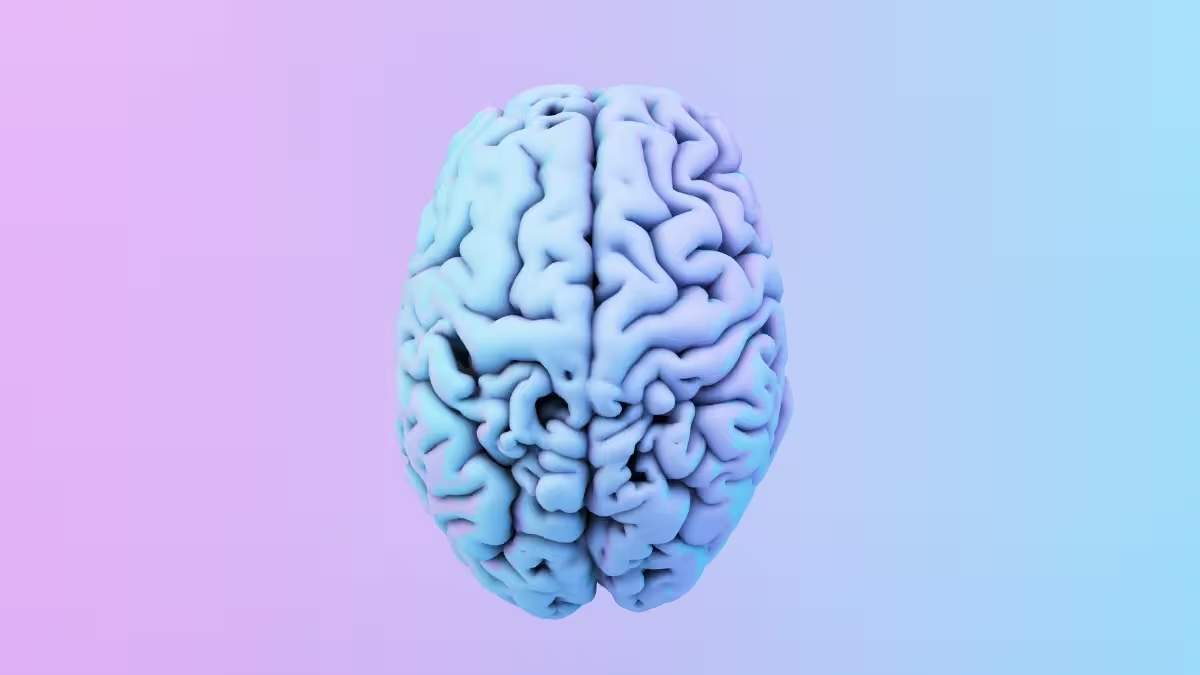3 Minutes
Sex differences in how genes are expressed in the brain are not a uniquely human trait. Research across animals — from mice and rats to monkeys and even nematode worms — shows consistent, sex-biased patterns of gene activity during brain development.
Shared gene signatures across species
Comparative studies reveal that suites of genes expressed more strongly in males or females recur across mammals. In primates, the sets of male- and female-biased genes identified in monkeys overlap significantly with those found in humans. That overlap suggests these biases were already in place in a common ancestor roughly 70 million years ago.
Those conserved patterns indicate natural selection repeatedly shaped gene actions that tilt brain development and behavior in subtly different directions for males and females. Importantly, researchers have detected similar sex-linked expression even in simpler animals, such as nematode worms, pointing to a deep evolutionary origin that may extend beyond mammals to many vertebrates.

Why the findings matter for biology and medicine
Understanding sex-biased gene expression helps explain why some behaviors, cognitive traits, and neurological disorders show sex differences in prevalence or presentation. If gene regulation diverges during critical windows of brain development, it can influence neural circuits, hormone sensitivity, and later-life responses to stress or disease.
Key takeaways
- Sex-biased gene expression is widespread across species, not just humans.
- Overlap between monkey and human patterns implies ancient origins, about 70 million years ago.
- These biases likely shaped subtle behavioral and physiological differences via natural selection.
'Finding the same sex-biased gene signatures in diverse animals suggests a fundamental biological program,' says Dr. Elena Martinez, an evolutionary neurobiologist. 'This doesn’t mean hardwired roles, but it does highlight how evolution tunes gene expression to produce variation between the sexes.'
Researchers continue to map which genes drive these differences and when during development they act — work that will refine our understanding of brain evolution, sex-specific health risks, and personalized medicine approaches.
Source: sciencealert


Leave a Comment